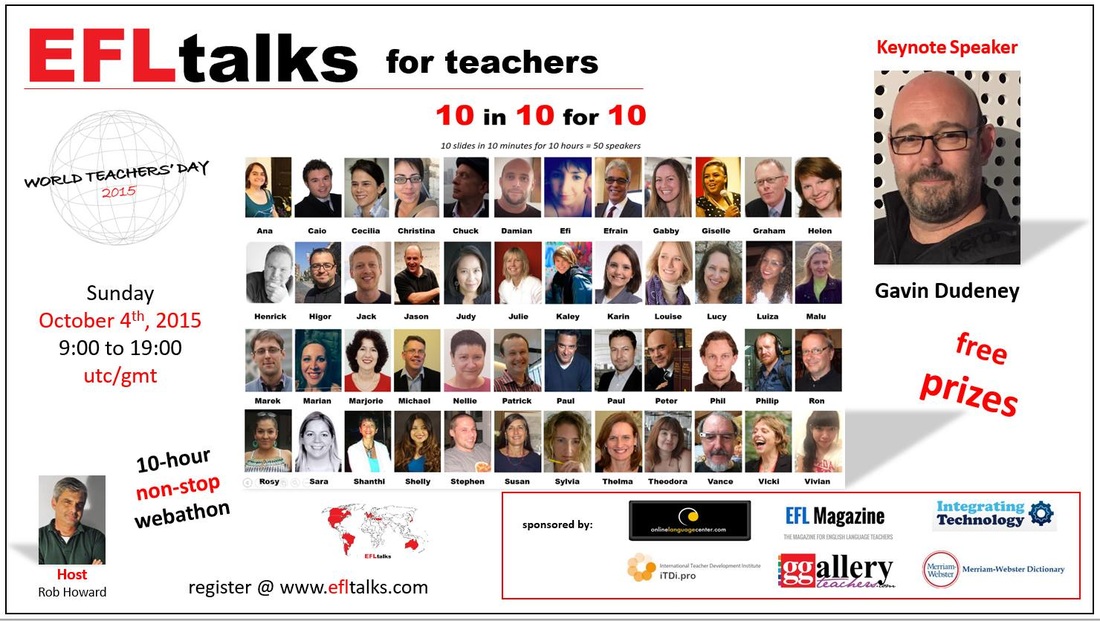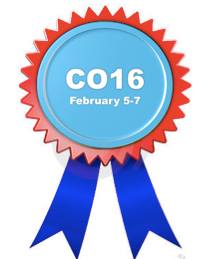|
Traditions are the glue which hold society together – we may have different opinions, political views, different religions and awkward characters but our common traditions keep us together. December and January in my family are also the birthday months of my children (24th December for my daughter / 24th January for my son) and I have always followed British birthday party traditions despite living abroad. Moving from country to country I realized that even simple, apparently less important celebrations such as birthday parties for children and youngsters differ greatly. We, in Great Britain, have quite traditional activities for younger children at birthday parties while organizing a party for teenagers that is fun can be quite demanding. I realized that a BIRTHDAY LESSON Plan can give insight into lesser British traditions and at the same time many Birthday Party Games can be adapted for learning languages as well. So how do children under the age of 10 celebrate a typical home birthday party? For those families who do not want to or cannot spend money on hiring an entertainer or magician, for those who prefer not to go to a ‘bouncy castle’ park or other location for birthday events outside the home, there are fun traditional games which do involve adult organization but make a birthday a special play date – different from when friends just come over to play (I discovered that in Italy children just play freely making it no different from any other occasion and due to the higher number of guests than normal, mayhem usually occurs.) When the young guests arrive the presents are all collected on a low table and the children sit neatly in a circle while the birthday child opens the presents one by one, admiring and thanking as he goes. Then it is time for the traditional organized games (this is where I had great difficulty convincing Italian children that they had to participate in the games I organized and not just play around as they liked).
There are many other traditional games as well as new technological ones but the important thing is for the children to interact all together at the party and not break up into small groups. Obviously the party ends with lots of finger food (small sandwiches, fairy cakes, crisps) and of course the astonishingly shaped* home-made birthday cake with traditional song and blowing of candles. (For lessons make sure they pronounce HAPPY BIRTHDAY correctly by ‘spitting’ the ‘TH’ sound like in the ordinal numbers (10th) and not making it a soft sound like in mother.). In Great Britain it is customary for the birthday child to give small ‘going home presents’ to the guests as they leave (which are inexpensive tokens of gratitude). What about those aged 10 upwards – how do they celebrate a typical birthday party? A theme is very often chosen. For my son’s 10th birthday party I organized a surprise ‘flight’ to a mystery destination. Everything from the ‘flight ticket invitations’, to the airport check-in on arrival and the ‘flight’ by car to the mystery destination, which was a tiny light aircraft local airport for a guided tour of the two-seater planes and how they worked. The airplane shaped cake and the History of Flight video ended the party for my airplane crazy son who is now 18 and already training for his second pilot licence. For my daughter 10th birthday in December the theme was a spy training camp for which I started sending out mystery invitations to decode every week starting in October and no one (not even my own children) knew where they came from. It all ended on the day of the party with lots of spy gadgets and fun from finger prints to shooting pop guns and working out how to unlock the treasure chests with a mystery code. Birthday parties are a big event in our tradition even for teenagers where the treasure hunt can be at the town mall picking up the unexpected presents from shop to shop on the way… How do you celebrate birthday parties where you live? Please leave comments below in a wonderful exchange… I hope you have fun with these traditional birthday party activites. Susan
http://www.appliancesonlineblog.com.au/cooking/why-the-womens-weekly-childrens-birthday-cake-book-is-the-best-cookbook-ever-written/
1 Comment
Preschoolers (and younger Primary School children) love singing to movements. I invented this Preschool Nativity Play Song to act out the Nativity so as to learn not only the story but also a lot of vocabulary as well. We usually do it altogether, assigning just the main roles to a few but everyone else joining in at the same time. The more dramatic the movements, the more meaningful and fun: father’s long long beard reaches the ground (pulling it from our chins), we put our hands up on our heads to imitate the donkey’s long long ears, and so on … Depending on the size of the group we sometimes improvise costumes as well, or one of the bigger children as a donkey – we often make crowns for the Wise Men and a few ‘presents’ before starting the song. Anything to make it fun and memorable. I am posting it well ahead of time because some teachers like to do it as a one-off activity whilst others like to practise it for an upcoming Christmas show. Either way, you can download the NATIVITY SONG and suggested tune in the audio below. Hope the children enjoy it! Susan
GETTING STUDENTS INVOLVED IN LESSON PREPARATION will make the CONTENTS MORE MEMORABLE... Previous to the digital era I had dedicated many days to preparing a large set of Happy Families cards based on vocabulary sets: cutting out pictures from magazines, writing in beautiful handwriting in different colours, covering the cards back and front with transparent sticky film - no laminating in those days. After much fun play in class, my bag of carefully homemade teaching resources was stolen from my car together with my old school uniform, I kept to show my students. So I lost all motivation to create a new set. Recently, however, I felt the need for that very useful game and realized that in the digital age it would be much easier to recreate. I suddenly realized how well it would also work with verbs and am now in the process of making a pack of cards for verbs and another for vocabulary which I shall share in due course. Not having any cards ready, yesterday I decided to involve my preschool group in creating three simple sets and explaining the rules at the same time. THE GAME WAS A HUGE SUCCESS because, HAVING PARTICIPATED IN ITS CREATION, it was EASIER TO REMEMBER THE VOCABULARY and WORDS. As a result I have decided I will involve my younger children in lesson preparation more often in order to make learning more memorable for them. For those who don’t know how to play HAPPY FAMILIES:
You can download the game below. I shall share the new ones I make in due course (more elaborate including tense changes). Hope you have fun with it! Susan P.S. Someone rightly noticed that I wrote 'do' climbing instead of 'go'. This was because the little girl who suggested it to me 'does' climbing on a wall in a local gym and on the spur of the moment I considered it equivalent to what gymnasts 'do'. I will make sure I put it with 'go' on the new cards I make because it is effectively and outdoor sport.
Children will listen in awe if you read them a captivating story using plenty of expression! The illustrations help comprehension even though I must admit that when I read a story to young learners of English, I read and translate it orally sentence by sentence as I’m going along – recording it for them to listen to again and again. This exception to my rule of never translating is to incentivate children to be patient and hear the story out until the end. Some of the children I teach are still toddlers and until about the age of 10 I feel they need this support. I try to explain the meaning from age 11 upwards rather than translating. In today’s age of technology where everything is ‘consumed’ at full speed or immediately abandoned at the first waning of interest, books start losing their appeal early on in life and so people miss out on so much in the wonderful world of books where your imagination may wander…. Translating for younger children also allows us to enjoy a little more complicated stories rather than limiting ourselves to the few simpler books.
Children’s books have the most wonderful illustrations and so, occasionally, I take a picture and separate the different parts of it together with my students so we can describe the individual details and appreciate their artistic beauty. My students love them. I then laminate these individual parts of the picture and we play games with them to learn the vocabulary and expressions. The most popular and effective game for learning the vocabulary and expressions is ‘Snap’, whereby I say each word or expression as they turn the cards to connect the visual aid with the sound of the word for the younger ones and to teach the pronunciation of the written word to the older ones. After a few games I try to get them to say the words instead. This activity of looking at the illustrations in detail proves to be very popular with my students who then enjoy looking at the details in the illustrations of their own reading books at home. Hope you like this idea! Susan Children and youngsters thrive when there is structure in their life: so starting and ending lessons in a familiar way rounds them off. Particularly at the beginning of the school year and for various months following I like to start off lessons with songs and chants which introduce and revise the date, weather, time and seasons. These introductory chants are not only meant to be sung repetitively but are meant to introduce the various topics: when we speak of the date we possibly look for and stick up the corresponding day, date and month on the board. (I have laminated sticky-backed ‘signs’ to substitute day by day – see picture). As for the weather, once we have imitated the various kinds of weather with gestures during the chant, I have various cards which they can in turn hold up asking their friends, “Is it sunny?”, “No, it’s not / Yes, it is,” until they can also stick the appropriate weather card on the board. We practise saying different times and seasons according to whim and so all these activities consolidate their knowledge of dates, cardinal and ordinal numbers, years and times – numbers in a foreign language being a notable hurdle even for adults. The end of the lesson is usually rounded off singing a few expressions to tidy up and wish a nice time until our next appointment. These are useful expressions which can also be used in everyday life. So below you have the scripts and audios to all these chants to download. Hope you have fun using them! Susan
Repetitive NURSERY RHYMES with their easy rhythmic tunes and well-known NURSERY TALES lend themselves to SINGING and ACTING: two activities which children love doing!! Many years ago I ADAPTED three NURSERY TALES in increasing difficulty to RECYCLE the most important LANGUAGE we had learnt during the school year. Children loved it and parents enjoyed watching their children's progress. HAVING FUN was another key element to making sure they learnt EXPRESSIONS IN A MEANINGFUL CONTEXT. NURSERY RHYMES can also be ACTED OUT whilst they are being SUNG to consolidate their meaning and enable children to pronounce somewhat complicated sentences to PAVE THEIR WAY TO FLUENCY... GOLDILOCKS is the second in order of difficulty of the three to download with the pronunciation guide as well to help children practise alone at home. (See previous post dated 9th July 2015 for the easier LITTLE RED RIDING HOOD). In those days children had no other way of practising autonomously. Nowadays I prefer to RECORD AUDIOS of the pronunciations for them TO LISTEN TO REPEATEDLY all collected in a Dropbox folder for easy access. Try these out! Hope you have fun with it! Susan
Everyone stumbles at some point on a longer sentence, be it beginner, intermediate or advanced, young or old... but many years ago I read a very simple TRICK which WORKS INFALLIBLY every time and your students gain lots of confidence in a jiffy: prepare saying it backwards! Update: Try out my LISTEN & REPEAT exercises to BOOST YOUR FLUENCY from my Video Course
Also: Try out my LISTENING COMPREHENSION with Susan’s A WEARY TRAVELLER'S TALES on my YouTube Channel:
Repetitive NURSERY RHYMES with their easy rhythmic tunes and well-known NURSERY TALES lend themselves to SINGING and ACTING: two activities which children love doing!! Many years ago I ADAPTED three NURSERY TALES in increasing difficulty to RECYCLE the most important LANGUAGE we had learnt during the school year. Children loved it and parents enjoyed watching their children's progress. HAVING FUN was another key element to making sure they learnt EXPRESSIONS IN A MEANINGFUL CONTEXT. NURSERY RHYMES can also be ACTED OUT whilst they are being SUNG to consolidate their meaning and enable children to pronounce somewhat complicated sentences to PAVE THEIR WAY TO FLUENCY... Below is the easiest of the three to download with the pronunciation guide as well to help children practise alone at home. In those days children had no other way of practising autonomously. Nowadays I prefer to RECORD AUDIOS of the pronunciations for them TO LISTEN TO REPEATEDLY all collected in a Dropbox folder for easy access. Try it out! Hope you have fun with it! Susan
|
Categories
All
Would you like regular English learning & teaching ideas? Subscribe to my blog so you don't miss a post!
AuthorMy name is Susan Brodar, born in London into a multilingual family and brought up bilingual English / Italian. Archives
December 2018
|
|||||||||||||||||||||||||||||||||||||||||||||||||||||||||||||||||||||||||||||||||||||||||||||||||||||||||||||||||||||||||||||||||||||||||||||||||||||||||||||||||||||||||||||||||||||||||||||


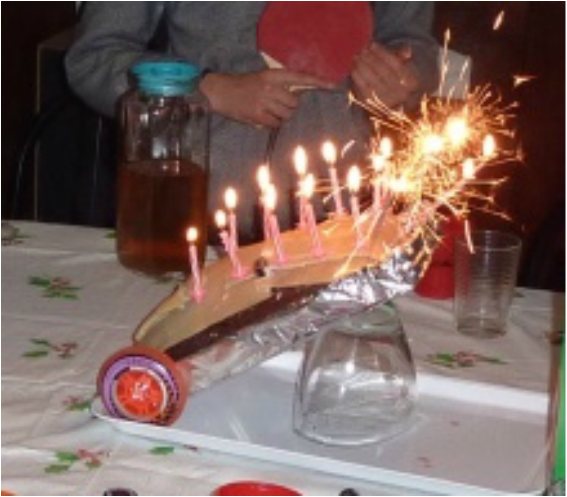
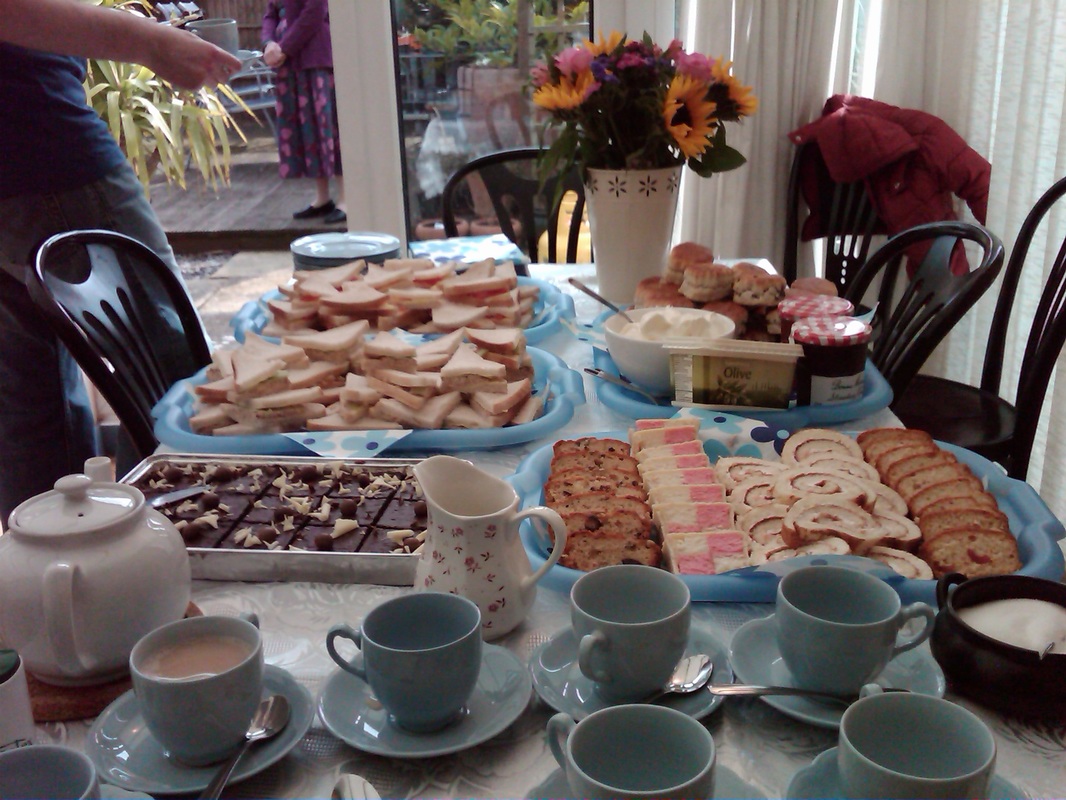

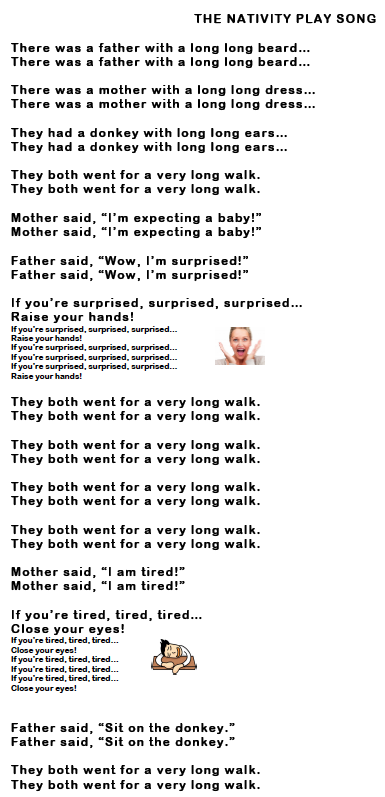
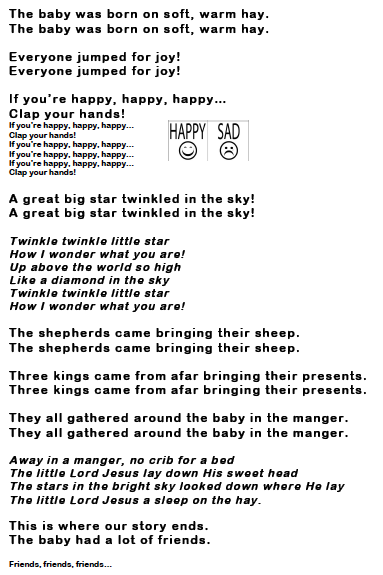
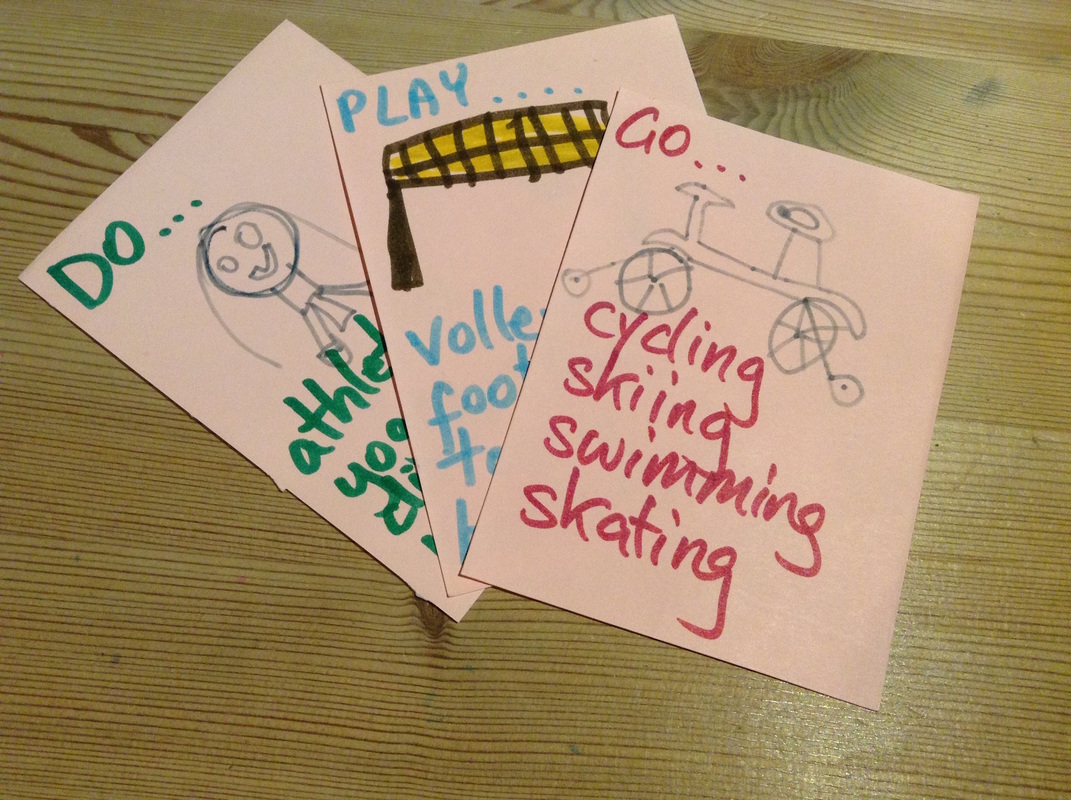
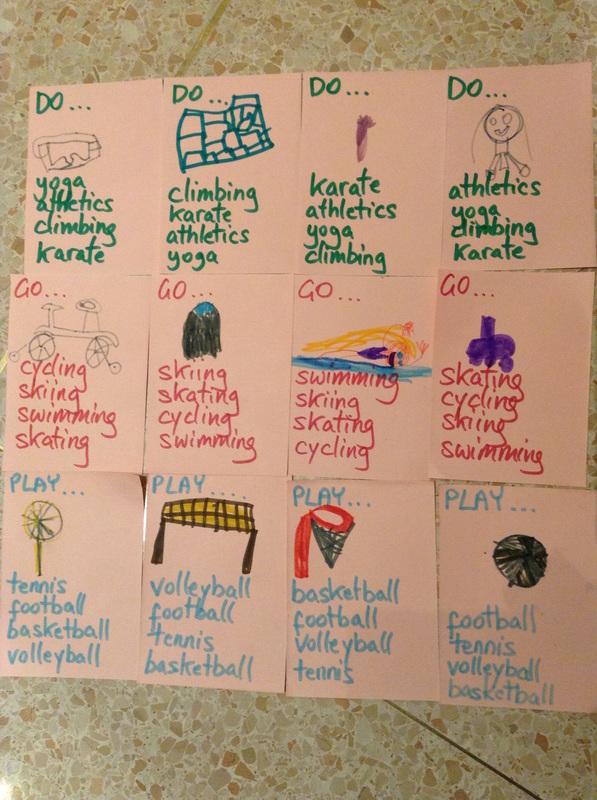
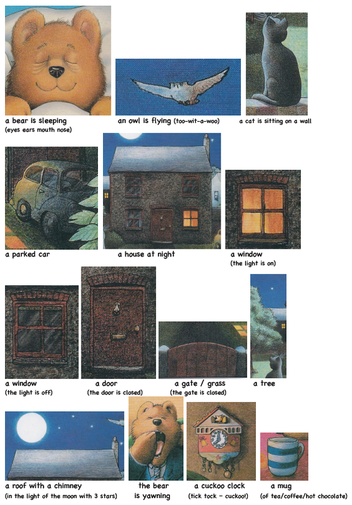
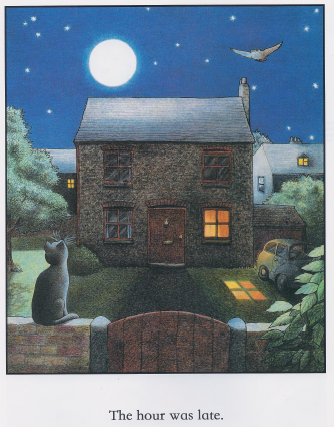
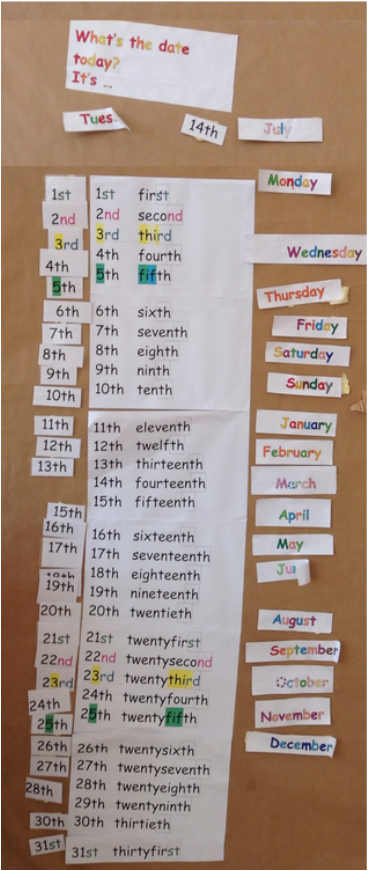
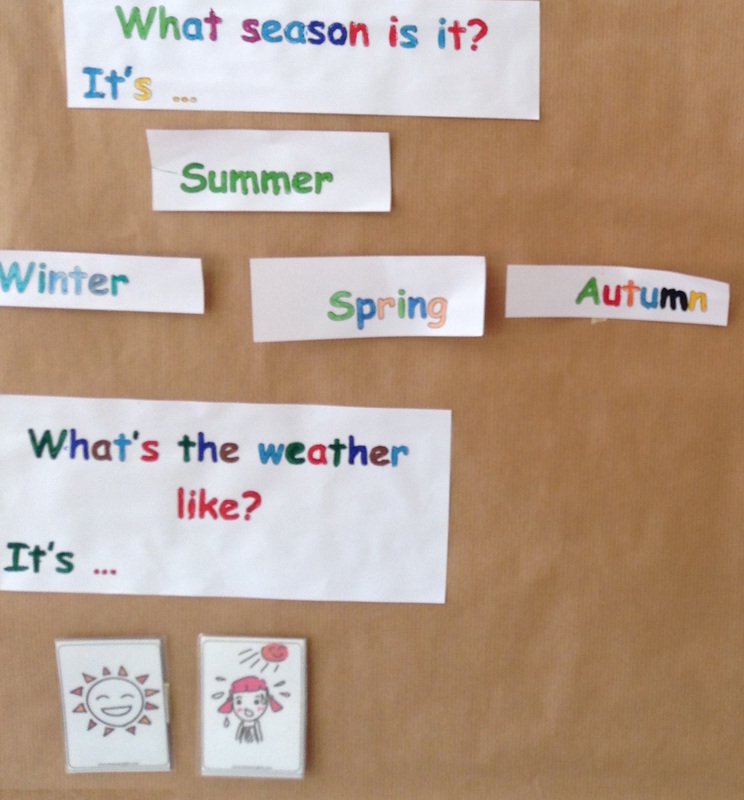
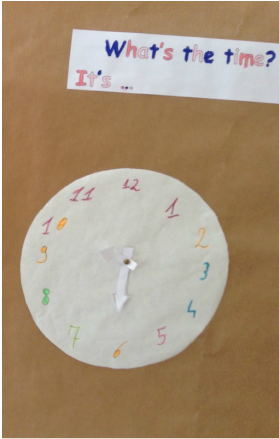
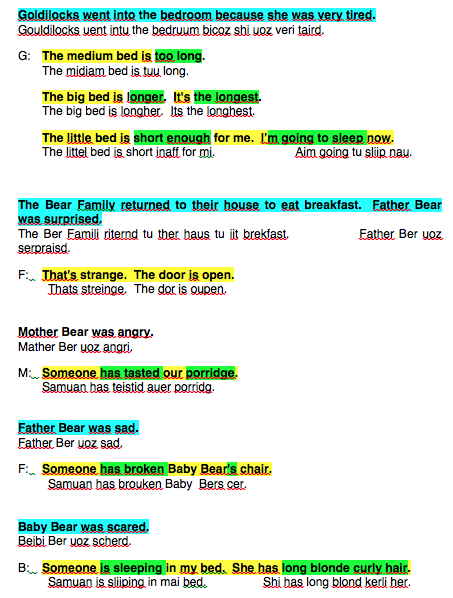
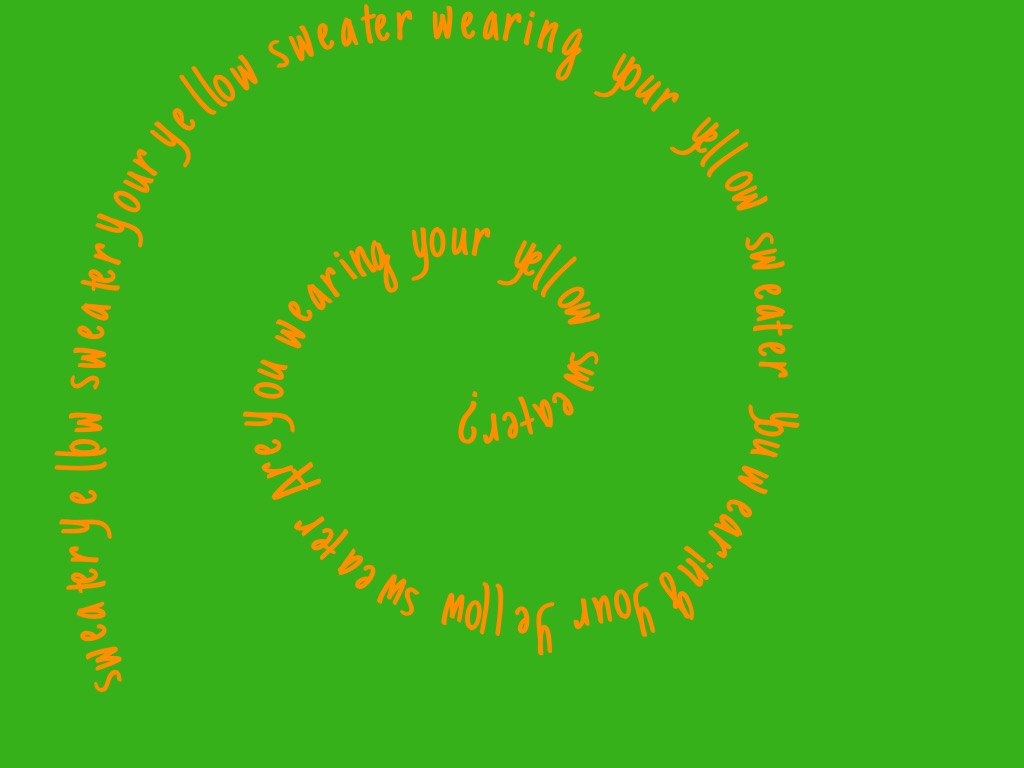

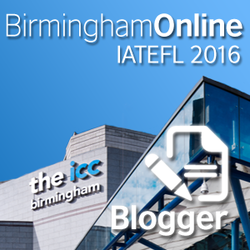
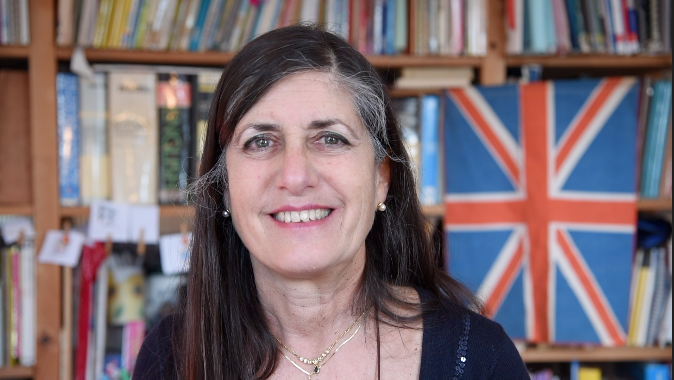

 RSS Feed
RSS Feed
